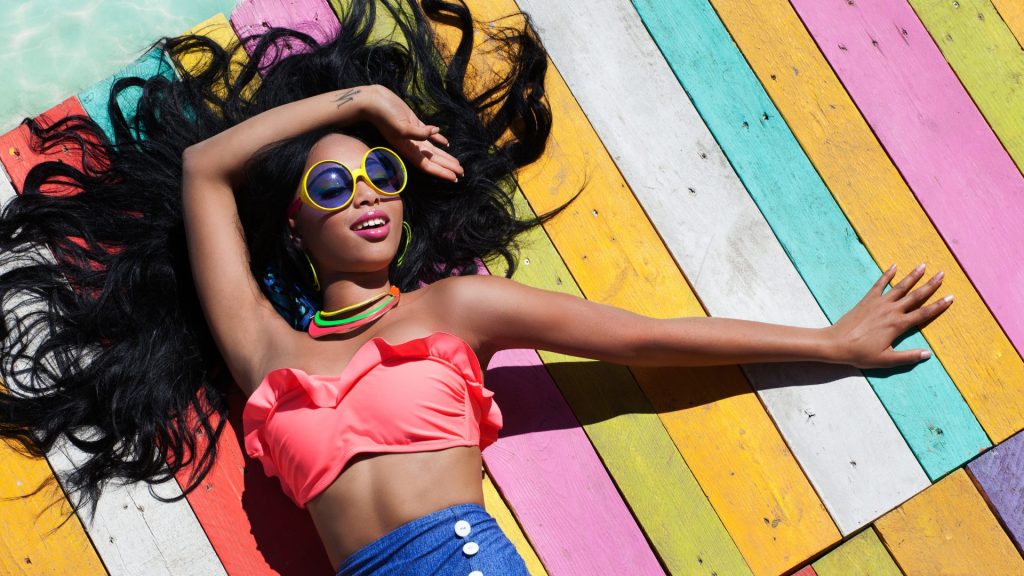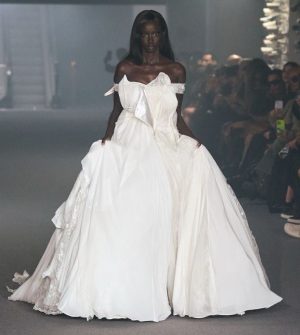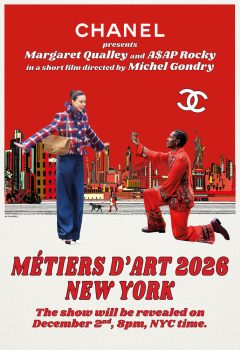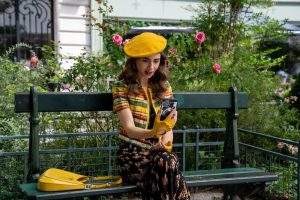Emerging from the grunge music scene, the rise of hip-hop, and the influence of pop icons, 90s fashion trends embodied a bold departure from the excesses of the 80s, prioritising comfort and self-expression.
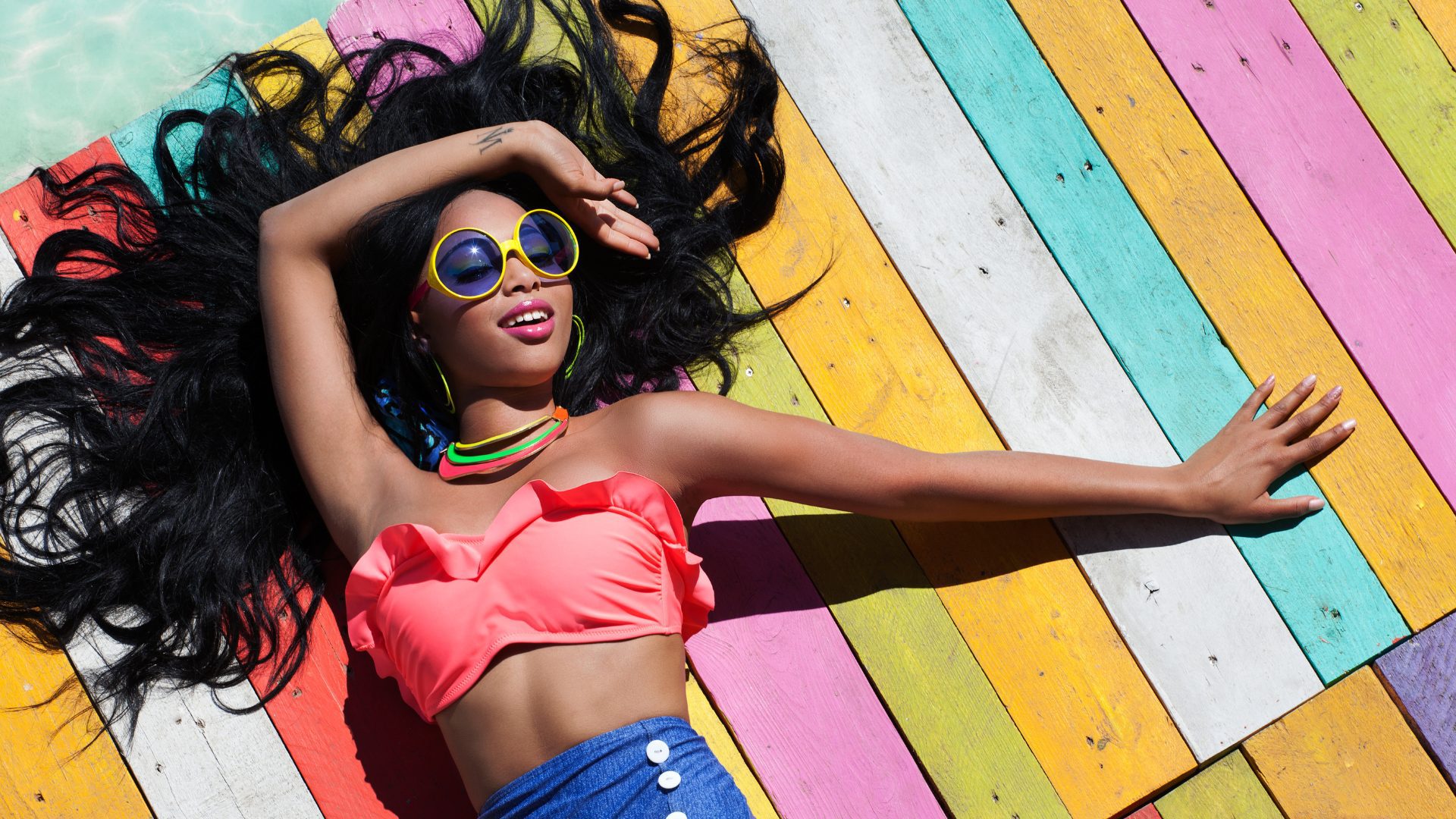
90s fashion trends reflect a spirit of rebellion, individuality, and innovation.
90s fashion trends were a dynamic tapestry woven from the cultural movements and social upheavals of the decade, reflecting a spirit of rebellion, individuality, and innovation. From the oversized flannel shirts and slip dresses that defined casual wear to the striking tie-dye patterns that echoed a carefree attitude, 90s fashion was not just about clothing; it was a reflection of a generation grappling with identity, technology, and social change. As we revisit these iconic styles today, it’s clear that 90s fashion trends continue to inspire modern fashion, proving that true style is timeless and ever-evolving.
LIST OF CONTENTS
- 90s Fashion Trends: A Retro Revival
- Celebrities who influenced 90s fashion trends
- Key takeaways
- Frequently asked questions on how to integrate 90s fashion trends into your wardrobe
90s Fashion Trends: A Retro Revival
Futuristic fashion
The 1990s futuristic fashion trend was a vibrant exploration of what the future could look like, influenced by the rise of technology and pop culture like science fiction films. Iconic fashion designers such as Jean Paul Gaultier and Thierry Mugler led the charge, showcasing metallic fabrics, bold silhouettes, and unconventional fabrics like PVC and latex. This aesthetic was characterised by reflective surfaces, geometric shapes, and asymmetrical cuts that evoked a sense of otherworldliness.
Per Vogue — Thierry Mugler, who looked ahead with his sexed-up cyborgs robot collection in fall winter 1995… Rifat Ozbek sent out a calculator necklace that was suspended in tribal-looking beads in the ultimate post-apocalyptic chic accessory. Hussein Chalayan sent out several collections that championed this brand-new aesthetic. And Jil Sander designed dresses fashion after space age 2.0-looking aluminium foil sheaths. On screen, there was 1997’s The Fifth Element which featured Milla Jovovich costumed by Jean Paul Gaultier, and 1999’s The Matrix adding to the drama of the cyber age’s fashionable manifestations.
Futuristic fashion also found its way into everyday wear, with items like holographic accessories, platform shoes, and cyber-inspired makeup becoming staples among fashion-forward individuals. This trend appealed to youth subcultures, including the rave scene, where the emphasis was on neon colours and eye-catching designs. The blend of fashion with technology saw the introduction of items such as LED-embedded apparel and graphic prints. Ultimately, the 90s futuristic fashion trend was a bold statement about innovation and creativity, reflecting a society on the brink of the digital revolution while celebrating the freedom to experiment and push boundaries in personal style.
Minimalism
Minimalism emerged in the nineties as a stark contrast to the bold, expressive styles of the previous decade. Influenced by designers like Calvin Klein and Jil Sander, minimalism prioritised simplicity, clean lines, and understated elegance. This aesthetic embraced neutral colour palettes—think whites, blacks, greys, and earthy tones—and focused on high-quality fabrics and tailored silhouettes. The trend emphasised a “less is more” philosophy, leading to a wardrobe that featured essential pieces such as tailored blazers, slip dresses, and simple turtlenecks, all designed to exude sophistication without unnecessary embellishment.
Per Vogue — “Just as the Bauhaus dedicated itself to the relentless pursuit of pure form, today’s minimalists—from Jil Sander to Calvin Klein—aim for the same goal. Fashion embraces the new uniform,” Vogue wrote in May of 1996, opening a Steven Meisel-photographed editorial featuring Stella Tennant.
Minimalism in the 90s was also a reflection of a cultural shift towards practicality and functionality, appealing to those who favoured a polished yet relaxed look. Icons like supermodel Kate Moss and the cast of TV sitcom Friends embodied this style, showcasing how minimalist fashion could be both versatile and chic. The influence of minimalism extended beyond apparel to fashion accessories, with sleek handbags and simple footwear taking centre stage. This 90s fashion trend paved the way for a more refined approach to fashion, steering the industry towards an appreciation for timeless pieces that emphasised quality over quantity, and it continues to inspire contemporary fashion today.
Grunge
The 1990s grunge fashion emerged as a rebellious response to the mainstream culture of the time, largely fueled by the rise of the Seattle music scene and bands like Nirvana and Pearl Jam. Characterised by a dishevelled, laid-back aesthetic, grunge fashion was all about embracing an anti-establishment ethos. Key pieces included flannel shirts, ripped jeans, and combat boots, often layered for a deliberately unkempt look. This style not only rejected traditional notions of beauty and fashion but also reflected a broader sense of disillusionment among youth, emphasising comfort and individuality over polished appearances.
Grunge fashion also incorporated elements from different subcultures, including punk and skate, creating a unique look that appealed to a generation seeking authenticity. Fashion accessories like beanies, chokers, and Doc Martens became staples, while thrift store finds played a significant role in the grunge wardrobe, emphasising a DIY attitude. As grunge filtered into mainstream fashion, it sparked a cultural phenomenon, influencing not just apparel and accessories but also hair and makeup, with many opting for messy hair and a natural, understated aesthetic.
Per Vogue — Famously, Marc Jacobs for Perry Ellis’ spring summer 1993 collection was inspired by the laid-back look. The collection which went down in fashion history but unfortunately gave Jacobs the boot at Perry Ellis (he was ahead of his time!) was shown in September of 1992. That December, Steven Meisel photographed Naomi Campbell and Kristen McMenamy in a memorable spread “Grunge And Glory.”
Plaid Flannel Shirt
The 1990s plaid flannel shirt trend offered a casual yet edgy alternative to the polished styles of the previous decade. Popularised by iconic bands like Nirvana and Pearl Jam, these shirts were typically worn oversized and layered over graphic tees or tied around the waist. The fabric’s cosy, soft texture made it a comfortable choice, resonating with a generation that prioritised self-expression. Plaid patterns in a spectrum of colours—often in earthy tones—became a wardrobe staple, indicating a relaxed yet rebellious approach to dressing.
Beyond their connection to music, plaid flannel shirts infiltrated mainstream fashion, appearing in the collections of fashion brands and on the shelves of thrift stores. This versatility allowed the shirts to be styled in several ways, from grunge-inspired looks with ripped jeans and combat boots to sleek interpretations when worn with tailored trousers or layered under blazers. The trend not only celebrated the spirit of individuality but also marked a significant shift towards comfort and practicality in everyday fashion. Today, plaid flannel shirts continue to be a beloved wardrobe staple, reflecting the enduring influence of 90s style.
Tie Dye
90s tie-dye fashion experienced a resurgence, drawing inspiration from the counterculture movements of the 1960s and 70s. This playful and colourful style became a symbol of individuality and self-expression, appealing to the youth of the decade. Tie-dye, characterised by swirling, psychedelic patterns created through dyeing techniques, often resulted in unique, one-of-a-kind pieces. T-shirts, dresses, and fashion accessories with tie-dye designs became popular, embodying a carefree, bohemian spirit.
This trend was amplified by the rise of music festivals and the growing popularity of the rave scene, where tie-dye clothing became synonymous with a laid-back, party look. Celebrities and musicians helped cement tie-dye’s place in 90s fashion, making it a staple for both casual wear and artistic expression. The revival of tie-dye in the 90s not only showcased a love for bold colours and patterns but also highlighted a cultural desire for freedom and creativity, allowing wearers to embrace their individuality. Today, tie-dye continues to make appearances in fashion, reminding us of its enduring appeal and its roots in self-expression.
Celebrities who influenced 90s fashion trends
The 1990s were defined by celebrities whose distinctive styles left a lasting impact on fashion. One of the most iconic figures of the decade was supermodel Kate Moss, whose presence in the fashion industry marked a shift towards a relaxed and effortless aesthetic often referred to as “heroin chic.” With her affinity for slip dresses, vintage denim, and oversized blazers, Moss became the face of high fashion while also embodying the cool, laid-back vibe of the era. Her ability to blend high-end couture with street style made her an influential muse for fashion designers.
Jennifer Aniston, particularly through her role as Rachel Green on Friends, became a fashion icon of the 90s. The character’s wardrobe showcased a perfect blend of casual and polished pieces, introducing styles such as high-waist jeans, crop tops, and blazers. Aniston’s iconic “Rachel” haircut also sparked a wave of interest, with fans rushing to salons to replicate the look. Her relatable chic style appealed to many women, making her a key figure in popularising 90s fashion staples that emphasised both comfort and sophistication.
Another significant influencer was Gwen Stefani, whose bold choices—crop tops, plaid skirts, and vibrant hair colours—encouraged fans to embrace their individuality and experiment with their style. Her signature red lipstick and eclectic accessories further cemented her status as a style icon, inspiring a generation to mix and match elements of diverse fashion trends.
These celebrities not only shaped the fashion trends of the Nineties but also encouraged a culture of self-expression that continues to influence today’s style landscape.
Key takeaways
Iconic 90s fashion trends are experiencing a resurgence. Social media platforms like Instagram have played a crucial role in this revival, with influencers and fashion enthusiasts showcasing vintage looks that appeal to Gen Z and millennials. From grunge-inspired oversized flannel shirts and ripped jeans to the chic simplicity of slip dresses, these trends are being reimagined and incorporated into contemporary wardrobes. Brands are tapping into this nostalgia, launching collections that pay homage to the past while adding fresh twists, such as updated fabrics and modern silhouettes that make these styles more accessible for today’s fashion-forward individuals.
Moreover, the resurgence of 90s fashion trends is also a reflection of shifting cultural values, where comfort and individuality are prioritised in a fast-paced world. The era’s eclectic mix of styles—from sporty streetwear to laid-back bohemian looks—encourages personal expression, allowing wearers to curate outfits that feel authentic to them. The popularity of thrift shopping and sustainable fashion further fuels this trend, as people seek out unique, vintage pieces that tell a story. As a result, 90s fashion is not just a fleeting trend but a movement that champions creativity and sustainability, reminding us that iconic styles can transcend time while adapting to the ever-evolving landscape of fashion.
How to integrate 90s fashion trends into your wardrobe

- How can I incorporate grunge fashion into my everyday outfits?
To embrace grunge fashion, start with staple pieces like oversized flannel shirts, distressed jeans, and combat boots. Layering is key, so consider pairing a graphic tee under a flannel or wearing a denim jacket. Accessorise with chokers and beanies to complete the look while keeping it comfortable and laid-back.
- Are slip dresses still in style, and how can I wear them today?
Yes, slip dresses have made a comeback! To style one for today, layer it over a fitted turtleneck or a graphic tee for a casual vibe. Pair it with sneakers for a day look or dress it up with ankle boots and a leather jacket for a night out. Don’t forget to accessorise with layered necklaces or a stylish belt.
- What are some modern ways to wear plaid flannel shirts?
Plaid flannel shirts can be styled in various ways: wear them buttoned up with high-waisted jeans for a retro vibe or tied around your waist over a dress for a casual look. You can also layer them under a fitted blazer for a trendy, polished outfit. Mixing patterns, like pairing a plaid shirt with stripes, can add a fun twist.
- Can I mix 90s trends with contemporary pieces?
Absolutely! Mixing 90s trends with modern pieces can create a unique style. For instance, wear a vintage slip dress with chunky modern sneakers or pair high-waisted jeans with a contemporary crop top. This blending can help keep your outfit fresh while paying homage to the past.
- How can I find authentic 90s pieces for my wardrobe?
Thrift stores, vintage shops, and online marketplaces like Depop or Etsy are great places to find authentic 90s pieces. Look for quality fabrics and classic styles that reflect the era. Don’t be afraid to dig through racks to find hidden gems that can add character to your wardrobe.
- What accessories complement 90s fashion trends?
Accessories play a crucial role in 90s fashion. Consider chokers, bucket hats, and crossbody bags for a retro touch. Platform sneakers or Doc Martens can enhance the grunge aesthetic, while layered necklaces and hoop earrings can add a chic flair to your outfits.
- Is it possible to wear 90s-inspired fashion to work?
Yes! To incorporate 90s trends into your work wardrobe, opt for tailored pieces with a nod to the era, such as a structured plaid blazer paired with tailored trousers or a slip dress layered under a crisp white shirt. Choose subtle accessories and neutral colours to maintain a professional appearance.
- How do I maintain a balance when wearing bold 90s patterns like tie-dye?
When incorporating bold patterns like tie-dye, balance is key. Pair a vibrant tie-dye top with neutral bottoms, such as black jeans or a denim skirt, to avoid overwhelming the look. Alternatively, wear tie-dye as an accessory, like a scarf or a bag, to add a pop of colour without taking over your outfit.
- Can I incorporate 90s trends into my athleisure wear?
Definitely! Many 90s styles translate well into athleisure. Think oversized graphic tees, flannel shirts tied around the waist, and high-waisted joggers. Combine these with chunky sneakers or platform slides for a comfortable yet stylish look that nods to the past.
- How can I adapt 90s trends to suit my personal style?
To adapt 90s trends to your personal style, start by identifying the elements you love most, whether it’s the colours, silhouettes, or patterns. Mix and match these elements with your existing wardrobe. Experiment with layering, accessorising, and combining different textures to create a look that feels authentically you while celebrating the iconic trends of the 90s.
Read More:
Men’s eyeglasses fashion trends
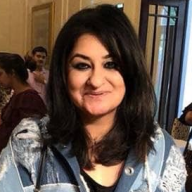
Jasmeen Dugal is Associate Editor at FashionABC, contributing her insights on fashion, technology, and sustainability. She brings with herself more than two decades of editorial experience, working for national newspapers and luxury magazines in India.
Jasmeen Dugal has worked with exchange4media as a senior writer contributing articles on the country’s advertising and marketing movements, and then with Condenast India as Net Editor where she helmed Vogue India’s official website in terms of design, layout and daily content. Besides this, she is also an entrepreneur running her own luxury portal, Explosivefashion, which highlights the latest in luxury fashion and hospitality.


